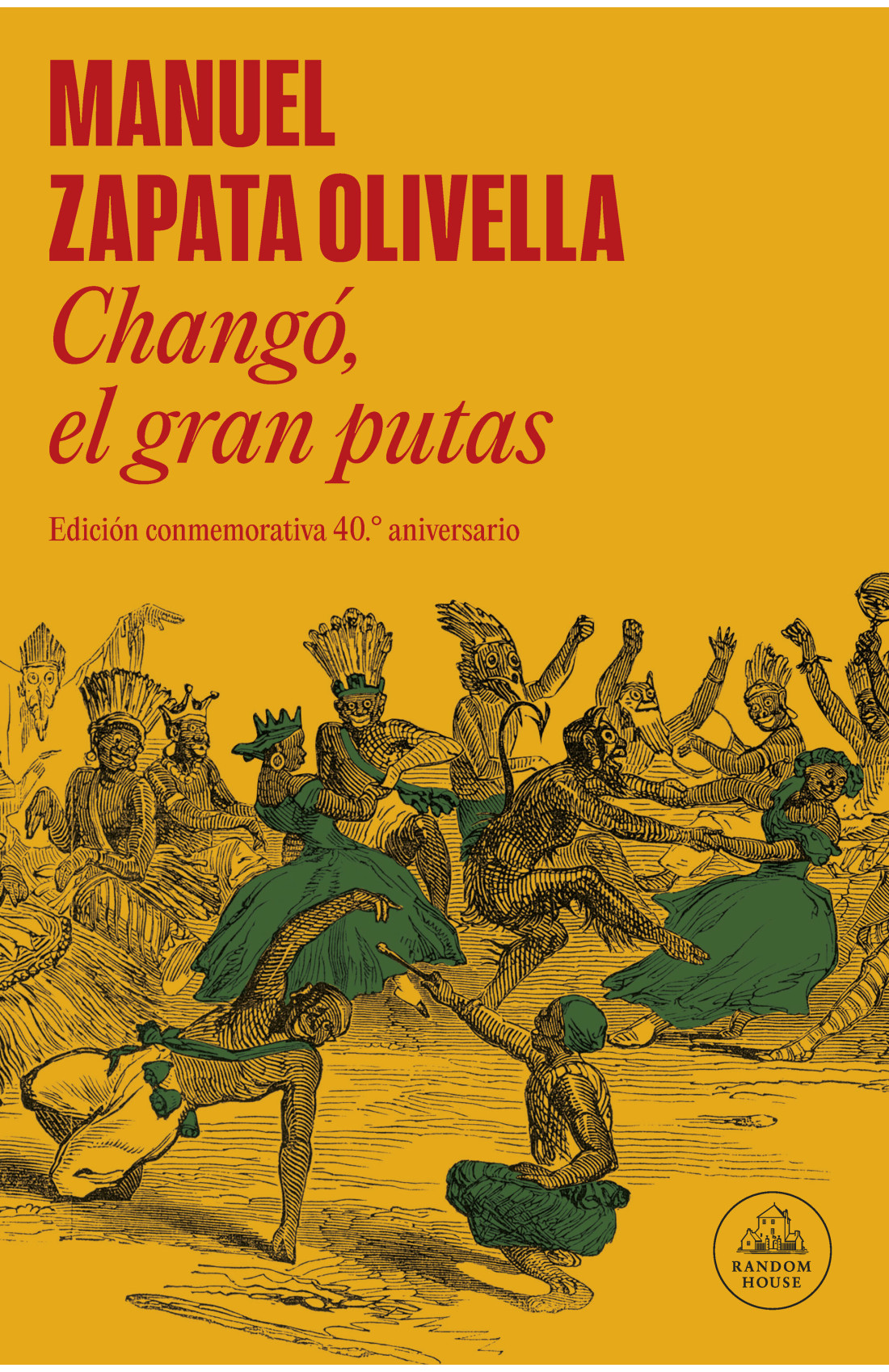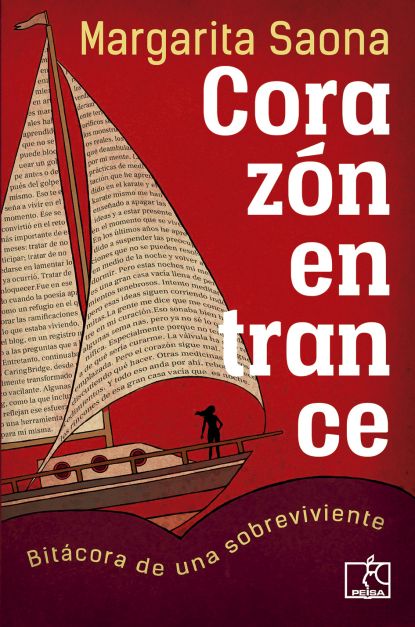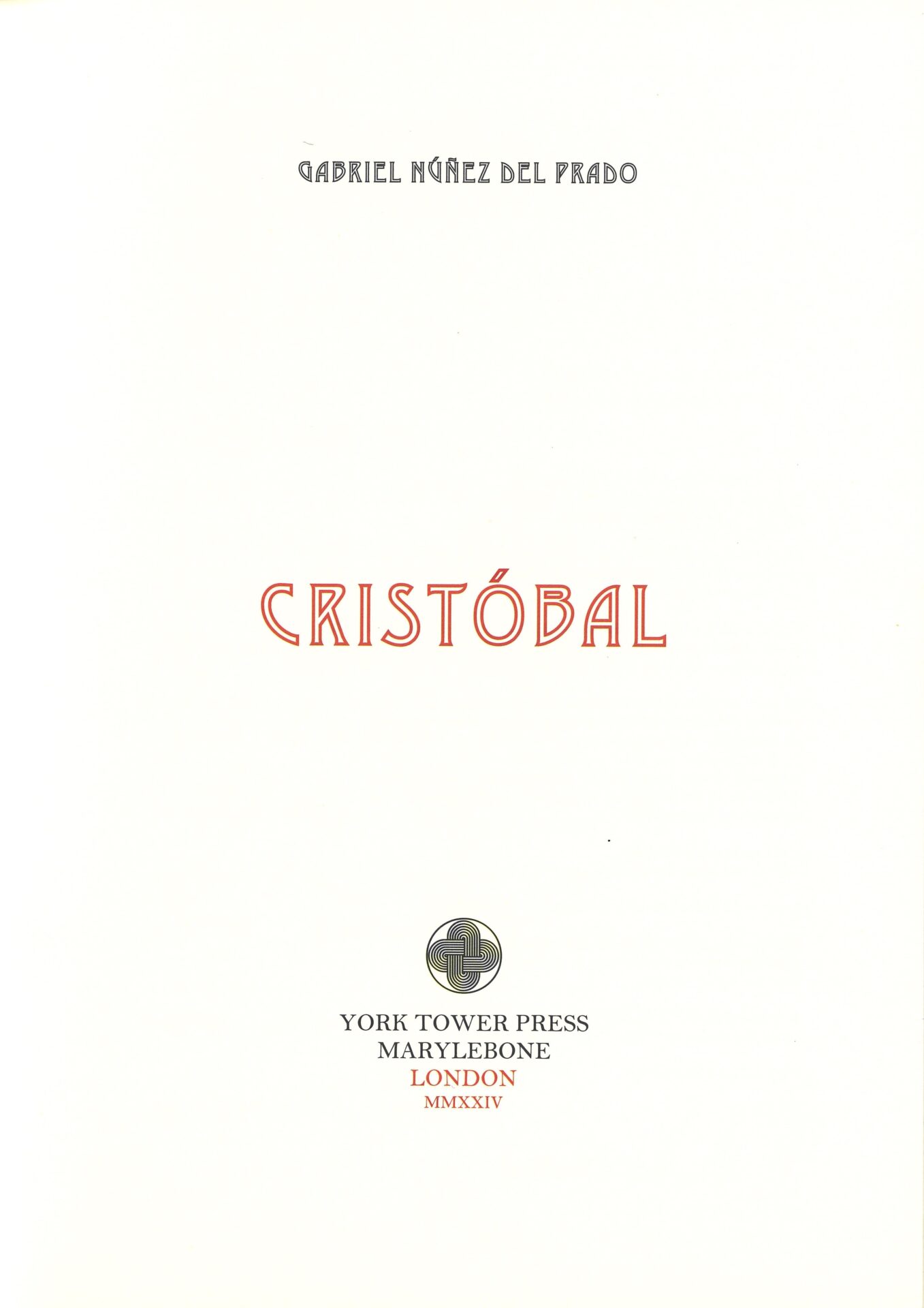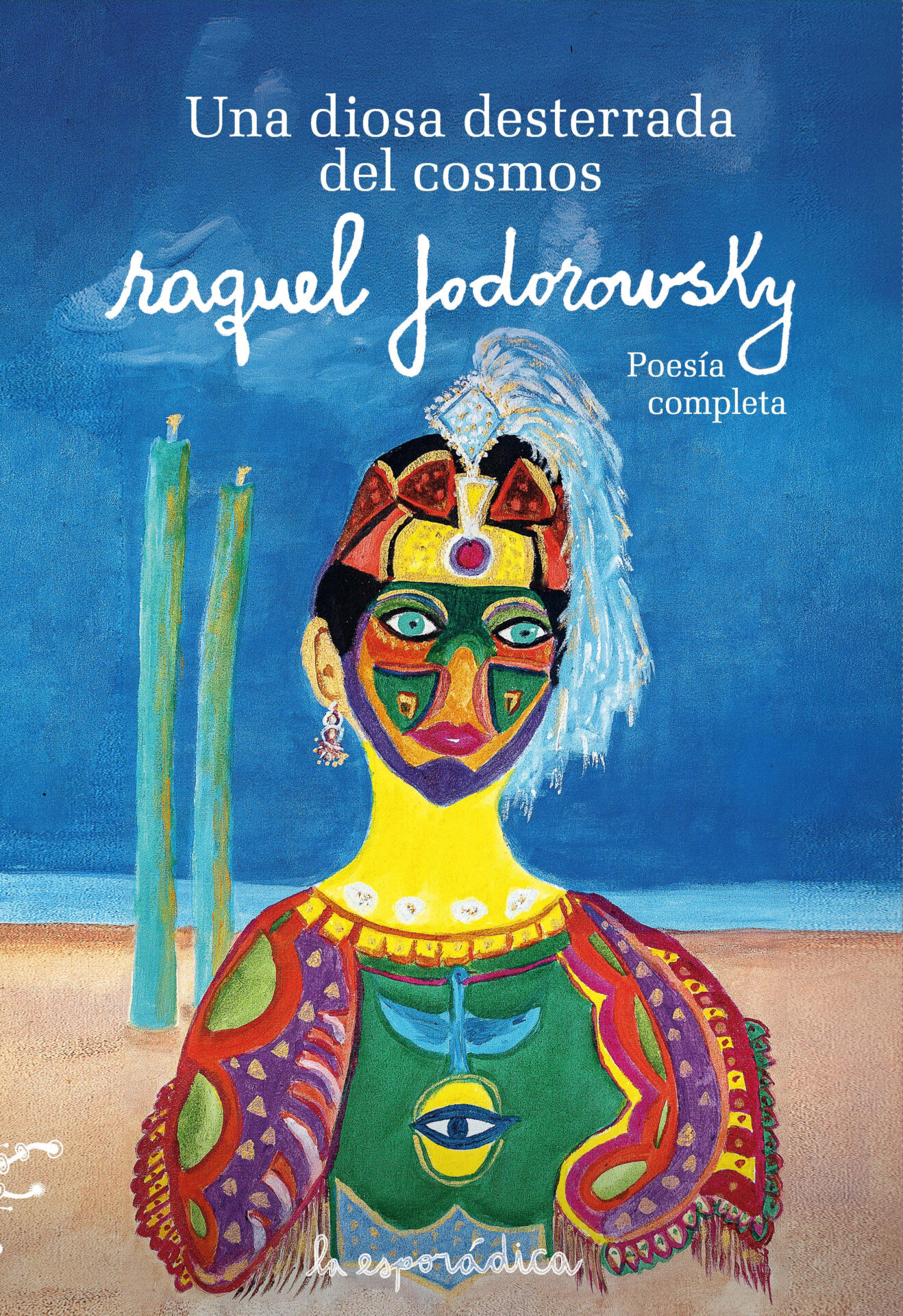La herencia. Rafael Reyes-Ruiz. Gainesville, Florida: La Pereza. 2020.
 La herencia,1 the new novel by Colombian-American professor and anthropologist Rafael Reyes-Ruiz, goes down paths his readers already know. As in his preceding trilogy, El cruce de Roppongi (Las Ruinas, Alfar, Sevilla, 2015; La forma de las cosas, Alfar, Seville, 2016; El samurái, La Pereza, Gainesville, Florida, 2018),2 La herencia once again confronts us with questions of identity, globalization, and historical memory. The story also reunites us with characters from the other books and visits spaces likewise familiar to readers: the streets of Tokyo, bars of Bangkok, and the protagonists’ childhood memories of Bogotá.
La herencia,1 the new novel by Colombian-American professor and anthropologist Rafael Reyes-Ruiz, goes down paths his readers already know. As in his preceding trilogy, El cruce de Roppongi (Las Ruinas, Alfar, Sevilla, 2015; La forma de las cosas, Alfar, Seville, 2016; El samurái, La Pereza, Gainesville, Florida, 2018),2 La herencia once again confronts us with questions of identity, globalization, and historical memory. The story also reunites us with characters from the other books and visits spaces likewise familiar to readers: the streets of Tokyo, bars of Bangkok, and the protagonists’ childhood memories of Bogotá.
Now there is a new city on Reyes-Ruiz’s map: Dubai. The silhouette of the city is the backdrop of several scenes in the story, a passive observer of the vulnerable, lost characters. And the various cityscapes are described in detail, with depictions not only of iconic buildings such as the eccentric shopping malls, with their luxurious hotels and restaurants, but also of the highways with speeding cars, the terrible traffic accidents, the subway with its multicultural population, the red-light district. Dubai ceases to be the travel brochure that exists in the collective imagination of the twenty-first century and reveals itself at a deeper level, with its dark side and its shortcomings.
At the end of the second chapter, Tony runs into a historian on a corner, and from this vantage point they contemplate the Burj Khalifa, the tallest tower in Dubai. It reminds them of a medieval manuscript, Turris Babel by Athanasius Kircher, a seventeenth-century Jesuit thinker. The mention of the Tower of Babel is not incidental; nothing is in this book. Reyes-Ruiz’s novel is a compilation of cultural, linguistic, and geographic mixtures past and present, and Dubai is the perfect setting for it.
The novel begins with the main characters, Tony and Adriana, having just arrived in the city, fleeing from Japanese mafias, to rebuild their lives. The story unfolds like a fan in which we discover that the characters had been together previously in Tokyo and then escaped by different routes to ultimately reach the same place. In the new city, strange to both of them, Tony and Adriana will live parallel lives, wandering the same bars, going to the same parties without realizing it, meeting people who are related, and then wind up running into each other again, in true Reyes-Ruiz style. His characters cannot flee from each other, as if invisible strings had linked their fates forever.
The novel reiterates the idea of interconnection at several other levels. Adriana’s life revolves around an object: a colonial-era bargueño cabinet she inherited from her grandfather. It represents a connection to her family, her past, and her identity, and at the same time gives her a chance to move on with her life. Meanwhile, the origin of the chest itself is complex and reflects a long history of convergences, encounters, and missed connections among cultures, religions, and peoples over the course of the centuries. Everything is connected, the characters say on several occasions, and the novel itself confirms this.
La herencia is undoubtedly Reyes-Ruiz’s most ambitious novel. Not only does it bring together characters and places already familiar to his readers, it is also brimming with stories, some of which are only hinted at. Stories with topics as wide-ranging as the mercenaries hired for the security of Dubai, medieval manuscripts, Japanese mafias, and the expulsion of the Sephardic Jews. Perhaps everything is connected, as Professor Deenik says over and over again, or perhaps this statement is a sort of announcement that the author is keeping the door open to new novels that will continue to tie up the loose ends his readers want to know about.
Claudia M. Mejia Trujllo
American University of Kuwait (AUK)
Translated by Lena Greenberg
1 The Inheritance was due to be published April 30, 2021.
2 The Roppongi Crossings trilogy: The Ruins, The Shape of Things, and The Samurai





